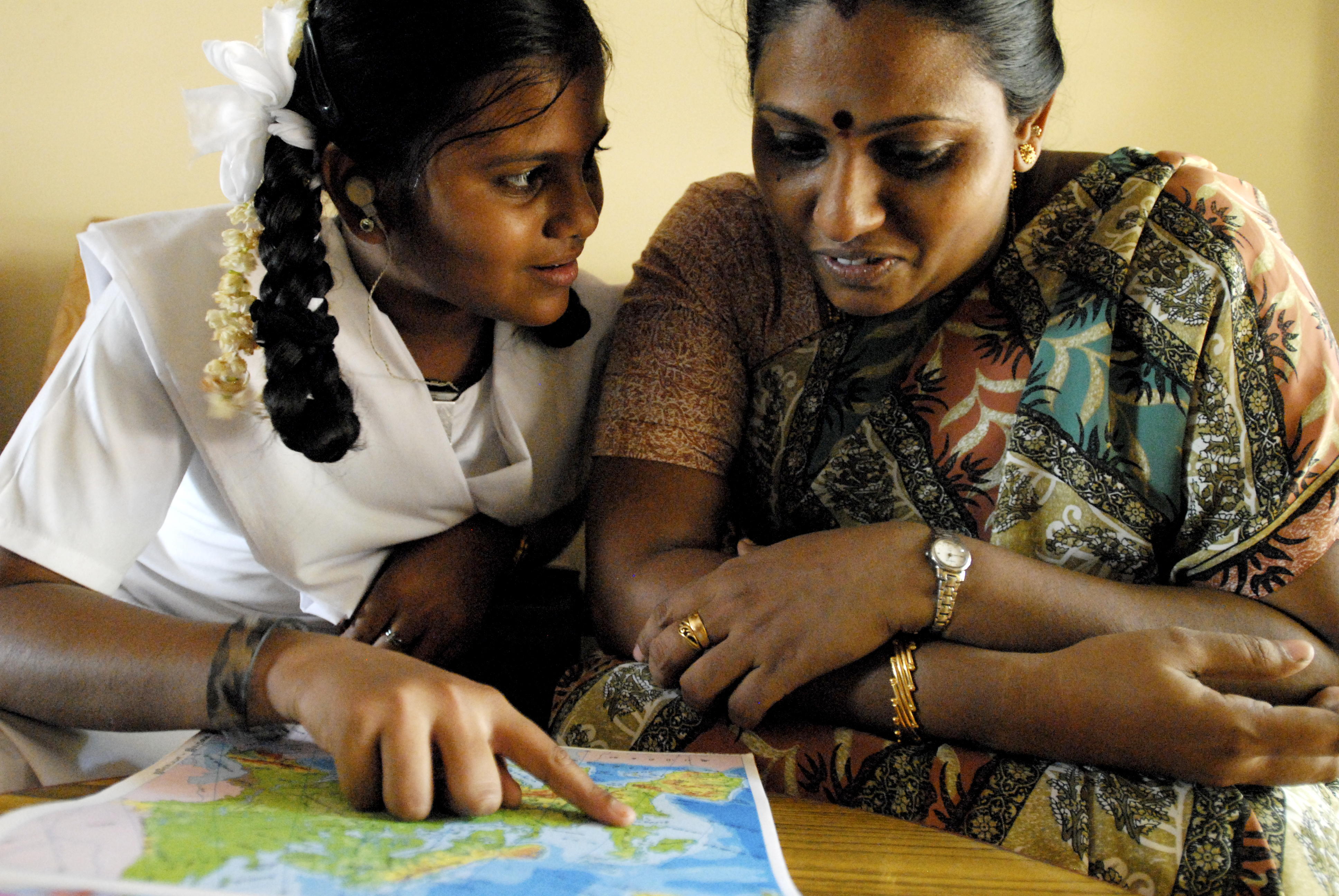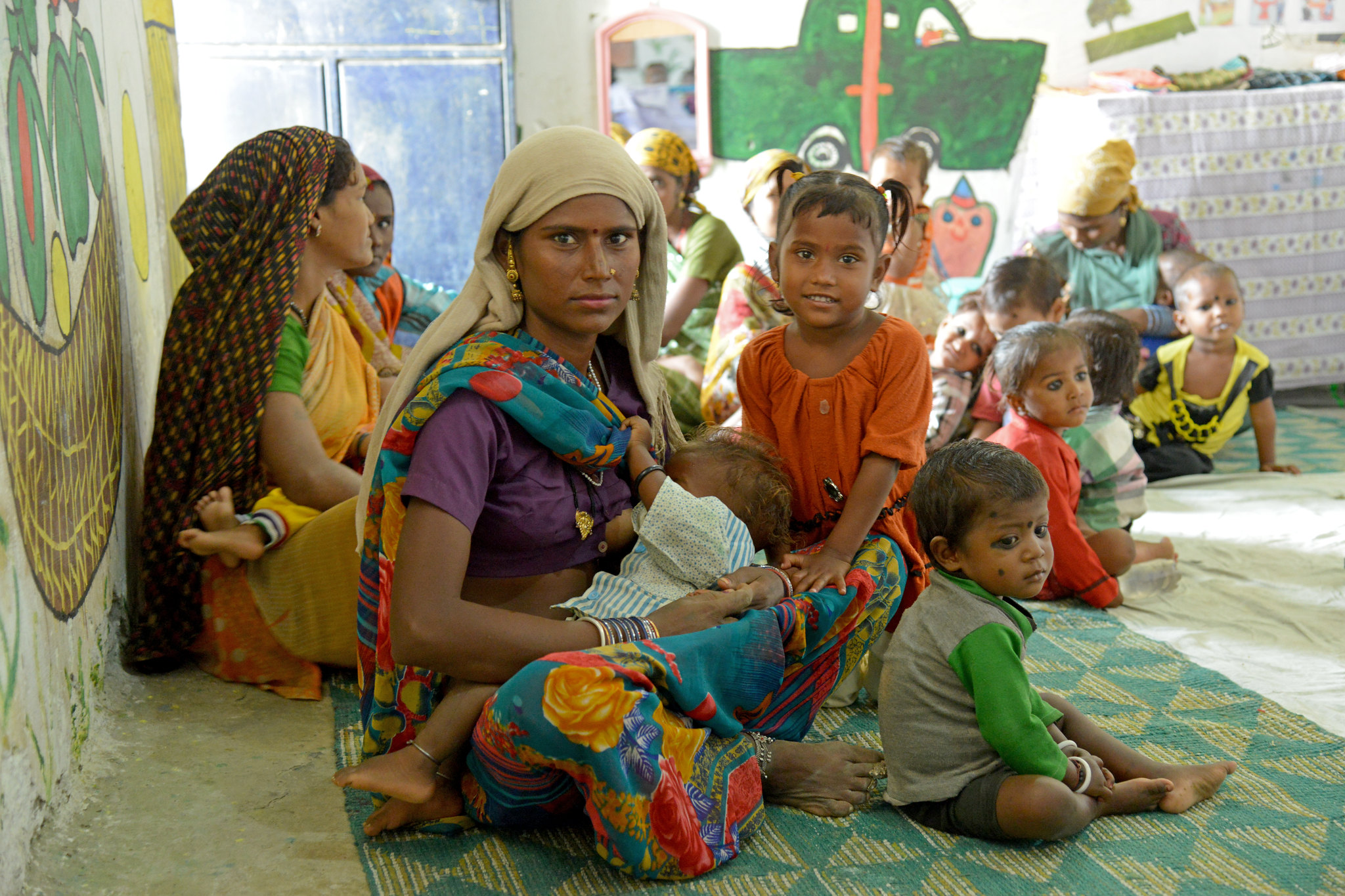My recent wonky indulgence has been exploring the visualization tool of the Global Burden of Disease Study (GBD), which produces stunning graphs that display a snapshot of our planet’s disease burden across 5-year intervals from 1990 to 2010. The global and regional results of the study were launched in December 2012 in a special issue of The Lancet, and there are several country-specific papers expected this year. For many reasons, the implications of the study – and the data behind the visualizations they produce – are important for policy makers and global health donors who make tough decisions on how to spend scarce resources on health.
First, GBD is to health as GDP is to macroeconomics. Policymakers and statistics offices around the world spend millions of hours and dollars to calculate an accurate GDP figure – which is, of course, not always the most accurate (see Greece and Ghana). Just like central bankers and ministers who need an accurate GDP figure for policymaking, health ministers need to know why their population is losing healthy life years. Indeed, this data can help health ministry’s allocate their health budgets more efficiently and fairly, particularly as they move towards universal health coverage.
Similarly, the data is also critical for global health donors who need to determine how best to allocate their funds across countries and diseases. A year ago we analyzed the changing distribution of the global burden of disease, finding that much like poverty, the bulk of the global burden of disease is concentrated in five populous middle-income countries. We dubbed these countries the PINCIs – Pakistan, India, Nigeria, China and Indonesia. This analysis was based on data from 2004, and a preliminary look at these visualizations shows that not much has changed.
For instance, the map below shows total DALYs by country, and PINCIs still add up to an overwhelming majority of DALYs. India leads the world in the number of total DALYs for all causes, and has a DALY rate of 43,000 per 100,000, which is one of the highest rates in the world.

India has the highest total DALYs across the world. Source.
So, what drives the 539 million DALYs India lost in 2010, and how can this data inform better policy? The map below shows that almost half of these DALYs came from communicable diseases and, despite seeing a recent decline, India still bears the highest burden of these diseases. Particularly, lower respiratory infections – pneumonia – make up a significant share of its communicable disease burden.

India has the highest total DALYs in the world due to communicable diseases (HIV/AIDS, TB and vaccine preventable diseases) and has seen a slower decline than many sub-Saharan African countries. Source.
This overwhelming burden of pneumonia has implications for the Indian government and global health donors such as the GAVI Alliance, the world’s largest funder of vaccines. For instance, the pneumococcal vaccine, which is the most cost-effective way of decreasing the burden of lower-respiratory infections, has still not been introduced in India due to certain bureaucratic hurdles and financial obstacles (see here). And progress against the disease could further be stalled when GAVI decreases support to India for new vaccine introductions, which is expected to happen within the next five years as India surpasses GAVI’s income-based eligibility threshold.
Fortunately, more and more people are realizing the power of measurement and good data as tools to save lives. Bono recently gave a TED talk in which he proclaimed himself to be a “factivist,” and Bill Gates devoted his annual letter this year to how measurement has improved lives across the world, stating: “I have been struck again and again by how important measurement is to improving the human condition.” Here at CGD, we have extensively written about the importance of good measurement, and are currently holding a working group in progress that will analyze ways to strengthen country information systems.
I hope this high-level support will complement our efforts to encourage policymakers to pay attention to data and base their allocation decisions accordingly. Because, when it comes to health, a picture is worth millions of lives.
CGD blog posts reflect the views of the authors, drawing on prior research and experience in their areas of expertise.
CGD is a nonpartisan, independent organization and does not take institutional positions.







